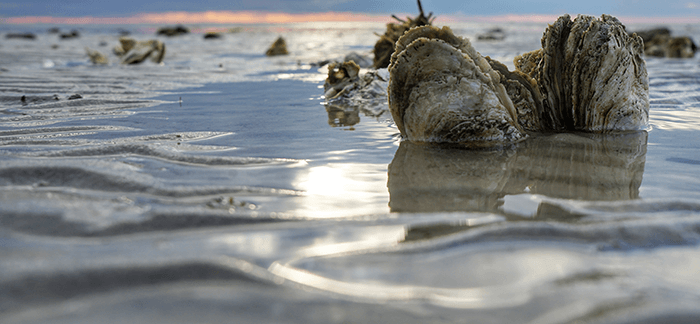The Environmental Literacy Model (ELM) is a comprehensive planning tool that can help you think through the details of a Meaningful Watershed Educational Experience (MWEE). The ELM is designed to help situate the MWEE within the scope and sequence of the curriculum and to ensure that Environmental Action Projects are in direct response to the learning that took place during the earlier phases of the MWEE. ELMs may also be helpful with communicating to school leadership, the local community, and colleagues.
CBF's Chesapeake Classrooms professional learning program uses the Environmental Literacy Model (ELM) to support teachers in the development and curricular integration of their own Meaningful Watershed Educational Experience.
The Environmental Literacy Model features three primary components:
- Curriculum Anchor
- Issues Investigation
- Informed Action
Curriculum Anchor
The Curriculum Anchor demonstrates the MWEE supporting practices of Learning Integration and Local Context. The Curriculum Anchor also supports the identification of a driving question for the Issue Definition essential element. Usually, the Curriculum Anchor is completed by the teacher with no student involvement so the teacher can place the ELM within their curriculum.
Issue Investigation
Issue Investigation provides opportunities for students to construct knowledge and understanding through multiple investigations or lessons around a life‑relevant issue. By working together throughout the investigation to construct, communicate, and refine explanations about the driving question, the Issue Investigation component of the ELM demonstrates how students engage in the Issue Definition, Outdoor Field Experiences, and Synthesis and Conclusions essential elements of a MWEE. Issue Investigation may include supporting questions developed by the teacher that covers required curriculum content and lessons; however, be sure to leave space for questions and investigations developed or co‑developed by your students.
Informed Action
Informed Action empowers students to adapt and apply the knowledge they have constructed through Issue Investigation. As students develop a claim, identify solutions, design plans, and take informed action, they engage in the essential elements of Synthesis and Conclusions and Environmental Action Projects. Remember, students should be actively involved in developing the action project.
By directly supporting the full suite of activities outlined in the ELM, you also fulfill the MWEE supporting practices of Teacher Facilitation and Sustained Learning Experience.
Use the editable Environmental Literacy Model (PDF) to begin thinking through your MWEE.


